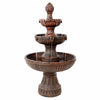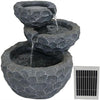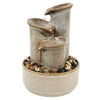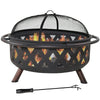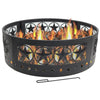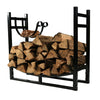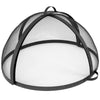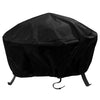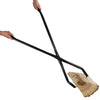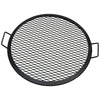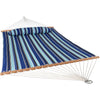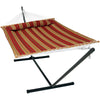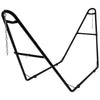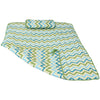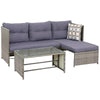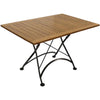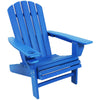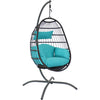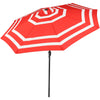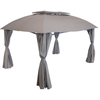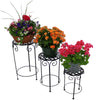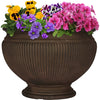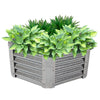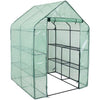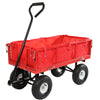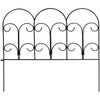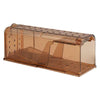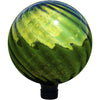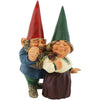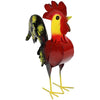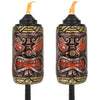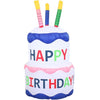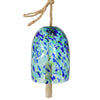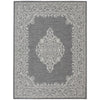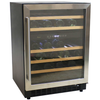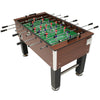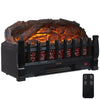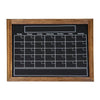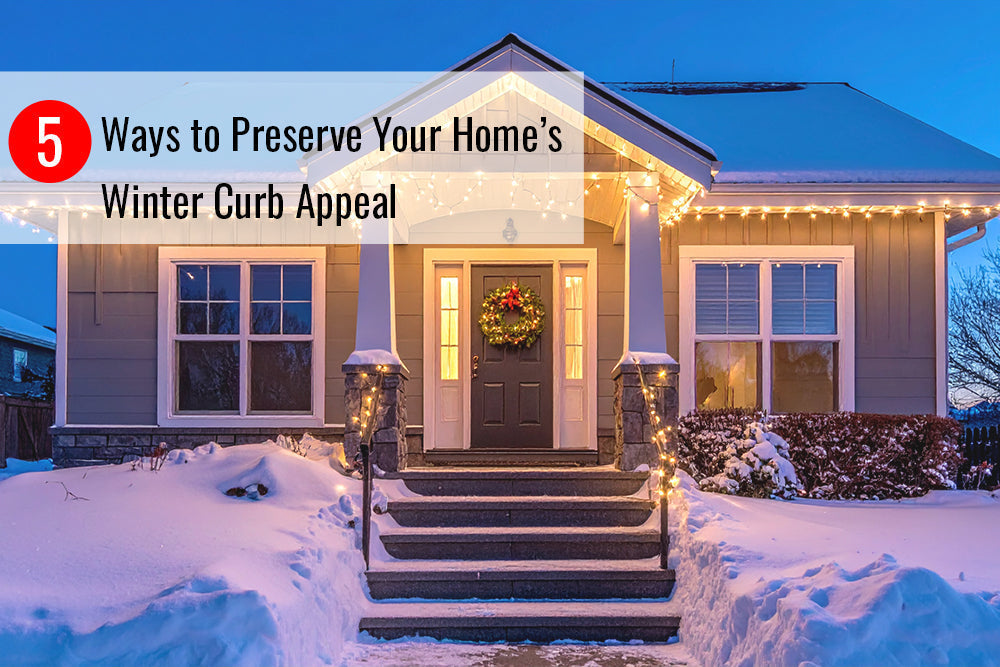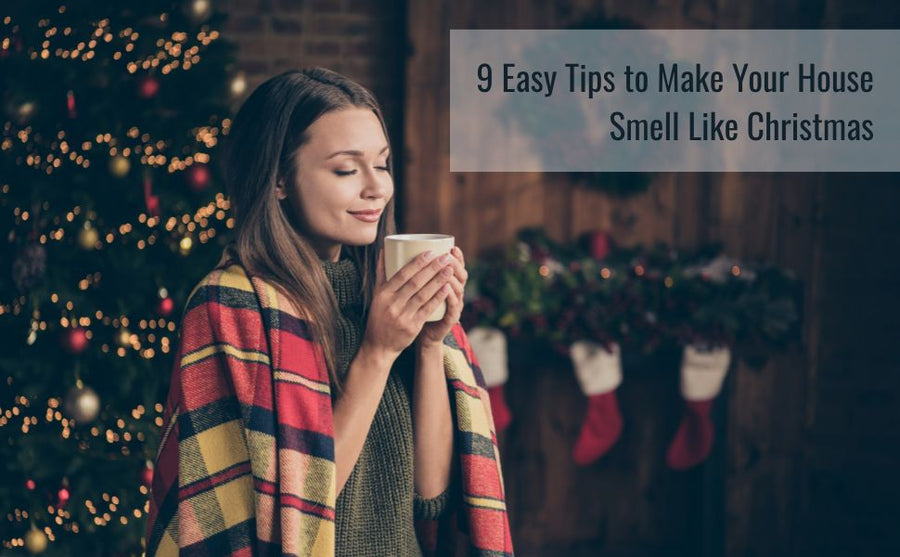Growing plants in planters, otherwise known as container gardening, can be a tricky feat to master. How do you know what planter is the best for your plant? What size will allow it to grow, and what planter material is the best option?
There's so much to consider when growing plants, but lucky for you we have some insight into those answers so you can nurture your favorite plants to life.
The most important thing to consider first is what kind of plant you want to grow. Different types of plants require different care and grow better in different environments. Knowing what kind of vegetable, herb, tree, flower, shrub, or other plants you want to grow will only make finding the perfect planter easier.
It's also helpful to decide where to grow your plants: inside or outside. That way you know what kind of environment you'll need to provide.

Can a Planter Be Too Big?
While it is important that your plants have plenty of space to grow over time, you want to make sure there isn't too much room. A planter that is too large could make it difficult to keep the right amount of moisture in the soil, according to the experts at SFGate.
Soil provides plants with the nutrients needed to grow, so making sure it is well-drained and ready for roots to spread out helps your plants flourish. A good rule of thumb for finding a planter that isn't too big is to use the mature size and category (succulent, annual, perennial, shrub, or tree) of your plant and choose a planter that accommodates the optimal soil depth and development of your plant.
Choosing the Correct Size Planter for Your Plants
Knowing what size planter is best for your plant can be tricky to determine. The perfect planter will provide the right amount of soil, nutrients, and moisture to your plant as it grows to maturity. Consider the height and weight of your fully-grown plant to ensure the pot won't tip over as the plant grows larger.
Use the chart below as a guide to find out what conditions your plant of choice grows best in. Once you know what size to look for, choose from our selection of planters to match your outdoor décor style
| Plant Type | Soil Depth in Inches (Minimum) | Planter Size in Inches (Minimum) | Planter Size in Gallons (minimum) |
|---|---|---|---|
| Herbs | 6" (Indoors) or 12" (Outdoors) | 14" | 1-2 gal |
| Annuals | 12" | 10" | 2-3 gal |
| Perennials | 12" | 6" | 2-3 gal |
| Peppers | 12" | 18" | 5-10 gal |
| Tomatoes | 18" | 18" | 5-10 gal |
| Lettuce | 6" | 10" | 2-3 gal |
| Strawberries | 6" | 10" | 2-3 gal |
| Peas | 8" | 14" | 6-7 gal |
| Rhubarb | 20" | 30" | 30 gal |
| Blackberries/Raspberries | 12" | 24" | 24 gal |
| Arugula | 8" | 14" | 14 gal |
| Beans | 8" | 8" | 10 gal |
| Broccoli | 6" | 18" | 5-10 gal |
| Cucumbers | 16" | 24" | 24 gal |
What Type of Material is Best for a Planter Pot?
Not only is the size of your planter important to consider when setting up a container garden, but so is the material of the planters you use.
Some types of planters are better suited for indoor use versus outdoor use and vice versa. There are a couple types of planters you should try to avoid, however. According to the gardening gurus at the University of Minnesota, metal planters and darkly colored planters can heat up too much in direct sunlight and cause the roots to dry up, killing your plants.
Roots aren't resilient to temperature changes, so it's better to choose a lightly colored planter made from one of the suggested materials below.
Terracotta PlantersTerracotta planters are a popular choice for several kinds of plants. They offer a traditional look and are available in several sizes. Terracotta is an excellent choice for planting indoors because it dries out quickly. Although terracotta planters can be used outside, the clay can easily crack in cold temperatures, so be sure to store them inside before freezing weather occurs. |
 |
Plastic PlantersPlastic planters are excellent for any plant and can easily be used indoors and out. Plastic planters are available in countless sizes, colors, and shapes, which makes them perfect for just about anything you want to grow. |
 |
Wood PlantersWood planters add a touch of natural beauty to your home or garden. Wood is durable and weather resistant. Wood planters can be heavy once they're filled with soil, so be sure to place them where you'd like before planting your vegetables or flowers. |
 |
Glazed CeramicCeramic planters are available in many sizes and colors, which make them perfect for a variety of plants. They are strong, but don't tolerate freezing temperatures, so be sure to bring them inside before the start of winter. |
 |
Concrete PlantersConcrete planters are the most durable option and are ideal for outdoor use. They are heavy and can be expensive but last year after year. Concrete planters are perfect for keeping a planter in one permanent spot, especially since they are so heavy. |
 |
Enjoy Healthy Growth on All Your Favorite Plants
Now that we've covered some of the basics in choosing the best planter for your vegetables, herbs, and flowers, you're ready to be a plant parent! Select pots that complement your outdoor décor and offer the perfect home for your little seedlings as they grow.
As you learned, there are tons of planter sizes, styles, shapes, and colors to choose from, so there's no shortage of opportunities. Check out our blog about watering potted plants for more tips on growing beautiful plants.
